B-MOVIE BULLSH*T - Part Thirteen "Fair Is Fair!"
 Monday, December 5, 2011 at 6:00AM
Monday, December 5, 2011 at 6:00AM B-Movie Bullsh*t
Part Thirteen
The Legend of Billie Jean
(1985)
Synopsis
When Hubie, a local asshole, steals and wrecks her brother Binx’s beloved scooter, trailer park beauty Billie Jean Davy goes to his family’s store for the $618.00 required to get it fixed. Pyatt, Hubie’s father, tells her that he’ll give her the money, but only in $50 installments for which he expects “something” in return. She refuses and Pyatt catches Binx with the gun he keeps inside his cash register. Binx accidentally shoots Pyatt, which forces him, Billie Jean and their friends Putter and Ophelia to go on the lam. Billie Jean’s beauty turns the news story into a statewide sensation, causing them to be recognized wherever they go. She tries to turn herself in, in exchange for the money owed to repair the scooter, but Hubie and his friends try and grab her before the cops can. Out of cash, they break into an empty looking house, only to find Lloyd, the lonely teenage son of the district attorney. Inspired by a clip from Otto Preminger’s Joan of Ark, Billie Jean cuts her hair and has Lloyd film a video of her giving her side of the story. After the video hits the news, girls all across Texas cut their hair in solidarity with their new heroine. Lloyd agrees to serve as the group’s pretend hostage, which brings them into the literal crosshairs of local sharpshooters at the request of his powerful father. With the promise of a repaired scooter, the three of them return to the scene of the crime, only to have Binx shot while Billie Jean is disguised in the crowd. As he’s taken to the hospital, she confronts Pyatt in front of his shop, which she sees is now devoted to selling memorabilia depicting her slogans and image. He tells her he wants to end this and gives her a handful of money, but she throws it back at him and knees him in the groin, causing a lamp to ignite. A crowd gathers and watches as his store burns to the ground and—realizing their complicity in the madness—take off their Billie Jean hats and t-shirts and throw them into the fire.
Not too long ago I read Tom Lennon and Robert Ben Garant’s excellent book, Writing Movies for Fun and Profit, which explains how to really make it as a screenwriter in Hollywood. In it they tell you that you don’t have to bother taking Robert McKee’s famous screenwriting course in order to figure out the perfect way to structure a screenplay. They advise that you instead watch Die Hard and do that—every single time, no matter what genre.
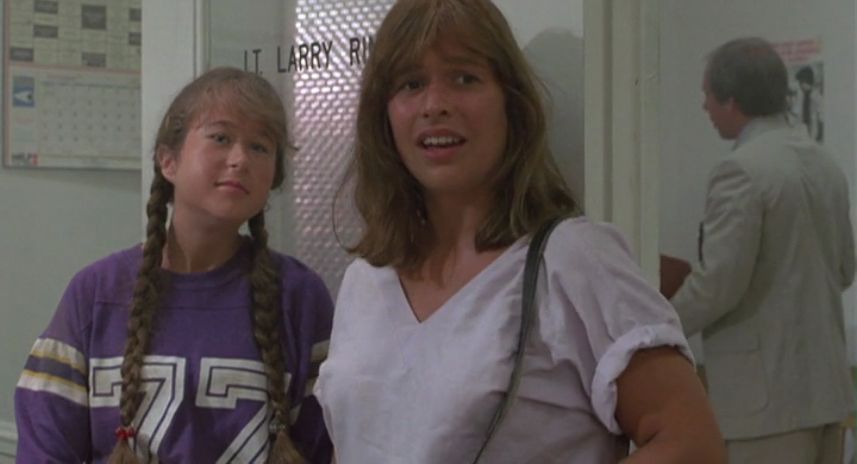 It’s great advice, only I would suggest that another film could easily take Die Hard’s place as the perfect example of narrative structure done right. And, as you have already guessed, that film is the subject of today’s post. Truthfully, I understand objectively that The Legend of Billie Jean is far from being a perfect movie, but subjectively I can think of few films whose journey from beginning to middle to end makes me so goddamn happy.
It’s great advice, only I would suggest that another film could easily take Die Hard’s place as the perfect example of narrative structure done right. And, as you have already guessed, that film is the subject of today’s post. Truthfully, I understand objectively that The Legend of Billie Jean is far from being a perfect movie, but subjectively I can think of few films whose journey from beginning to middle to end makes me so goddamn happy.
I say this not because I am blind to the dozen little absurdities that define the film’s best scenes, but because the film so effectively sails past them that I have no choice but to pay them no mind. I know they’re there, but I simply don’t care.
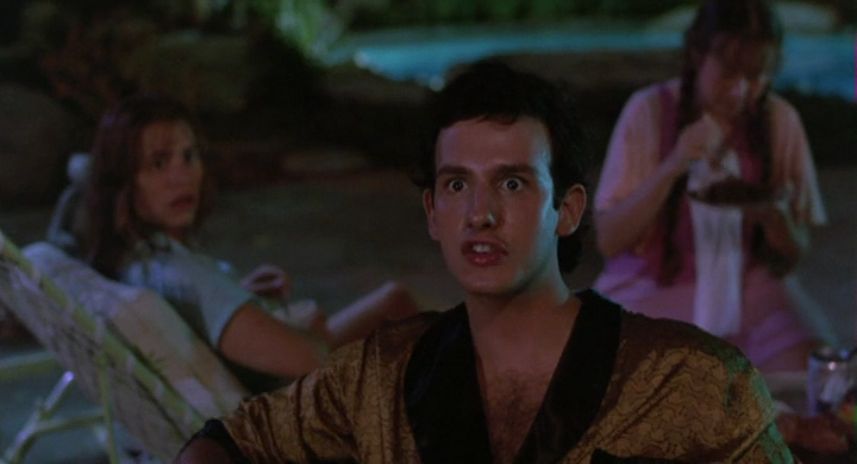 Take for example, the fact that every single thing that happens in this film happens because a kid’s scooter got messed up and requires $618.00 to be repaired. Intellectually I understand that this is laughable, but then again I remember that at least two classic films were entirely based on the theft of bicycles (shame on you if you don’t immediately know what the two of them are), neither of which had motors or looked as cool as Binx’s sweet ride.
Take for example, the fact that every single thing that happens in this film happens because a kid’s scooter got messed up and requires $618.00 to be repaired. Intellectually I understand that this is laughable, but then again I remember that at least two classic films were entirely based on the theft of bicycles (shame on you if you don’t immediately know what the two of them are), neither of which had motors or looked as cool as Binx’s sweet ride.
Or how about the scene where a group of kids ask the now legendary Billie Jean to come and save their friend Kenny from his abusive father? I know in real life her heroism would end with her dead from a shotgun wound, but fuck you if that scene doesn’t make me tear up every single time—no matter how ridiculous it might be.
Sure, taken part by part the film is almost unimaginably stupid, but as a whole it’s brilliant. And do you know how I know this?
Because I’ve seen Thelma & Louise.

Callie Khouri won an Oscar for Best Original Screenplay for that film, but everyone who’s seen The Legend of Billie Jean knows it wasn’t as original as it seemed.
 Whether she knew it or not, Khouri was clearly inspired by the earlier work. Both films find their main characters becoming fugitives after they shoot the assholes who try to rape the two hot blondes with terrible southern accents. Both films feature sympathetic male cops who understand that the fugitives aren’t really to blame for what happened. Both films show how the protagonists newfound outlaw status allows them to do things they never would have done before. The main difference is that Thelma & Louise has to be all bleak and depressing to get its point across, while The Legend of Billie Jean just has to be fucking awesome to do the same thing!
Whether she knew it or not, Khouri was clearly inspired by the earlier work. Both films find their main characters becoming fugitives after they shoot the assholes who try to rape the two hot blondes with terrible southern accents. Both films feature sympathetic male cops who understand that the fugitives aren’t really to blame for what happened. Both films show how the protagonists newfound outlaw status allows them to do things they never would have done before. The main difference is that Thelma & Louise has to be all bleak and depressing to get its point across, while The Legend of Billie Jean just has to be fucking awesome to do the same thing!
(Of course, not everyone feels the same way. I’ve long praised Pat Benatar’s theme song as one of the main reason for the film's awesomeness, but apparently she’s not what you would call a fan of the production. Apparently in concert she introduces the song as being from the worst movie of all time, and it was apparently her refusal to sign off the DVD rights to the song that kept it off store shelves all this time. My guess is that her distaste probably has more to do with the producers of the film, Jon Peters and Peter Gruber, who were kinda like Simpson and Bruckheimer but without the scruples, taste or talent. Chances are they found a way to piss her off so severely she found it impossible to say a kind word about the film and felt justified in keeping it hidden away from the world. Either that or she was just being a major cunt. In the end, it doesn’t matter. She’s Pat Benatar and she’s allowed to do whatever the fuck she pleases.)
Obviously the majority of the film’s enormous appeal comes from its leading lady, who had just finished playing Supergirl when cast in the role. As Billie Jean, Helen Slater looks amazing. Sure she occasionally sounds really dumb and not every line is delivered as successfully as one might hope, but I guarantee that every time one of the characters calls her “a pretty girl” (and they do it a lot) you’ll find yourself nodding your head vigourously in agreement.
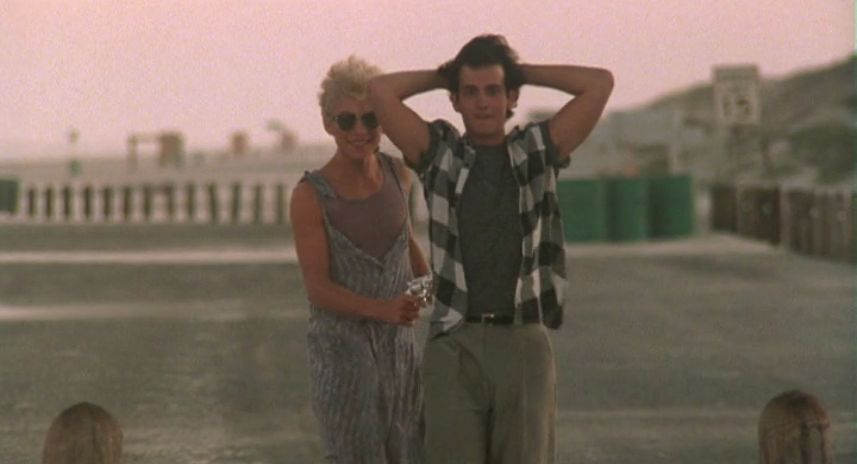 The film also features endearing performances by 20 year-old Yeardley Smith as the 13 year-old Putter, and future Mother Night director Keith Gordon as Lloyd, as well as a great turn by Peter Coyote as the film’s sympathetic lawman. Unfortunately, it also features Christian Slater as Binx, who begins and ends the film as an utter douche.
The film also features endearing performances by 20 year-old Yeardley Smith as the 13 year-old Putter, and future Mother Night director Keith Gordon as Lloyd, as well as a great turn by Peter Coyote as the film’s sympathetic lawman. Unfortunately, it also features Christian Slater as Binx, who begins and ends the film as an utter douche.
If it doesn’t seem as though I’m getting in as deep as I usually do in these entries, it's probably because I love the film too much to perform the evisceration necessary for a proper autopsy. It’s one of the projects that simply is what it is and what that is is perfect.
You just have to have faith.

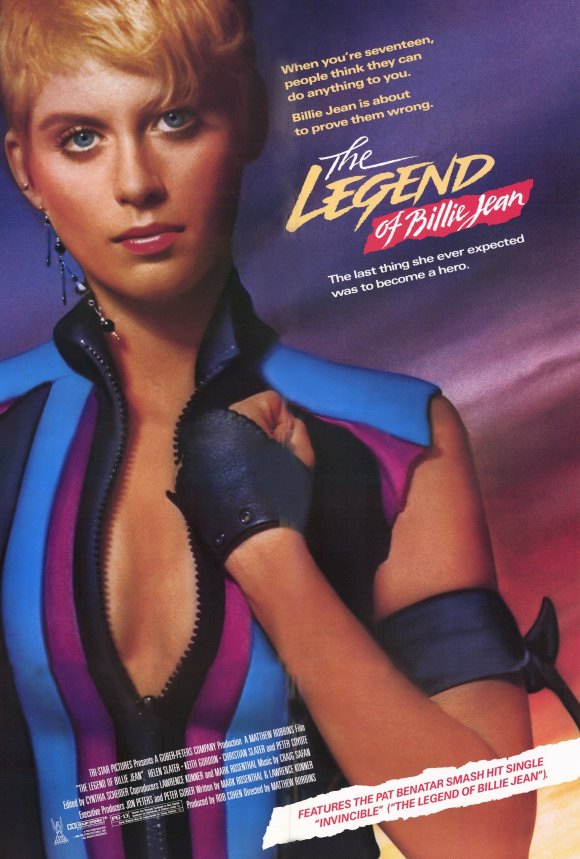
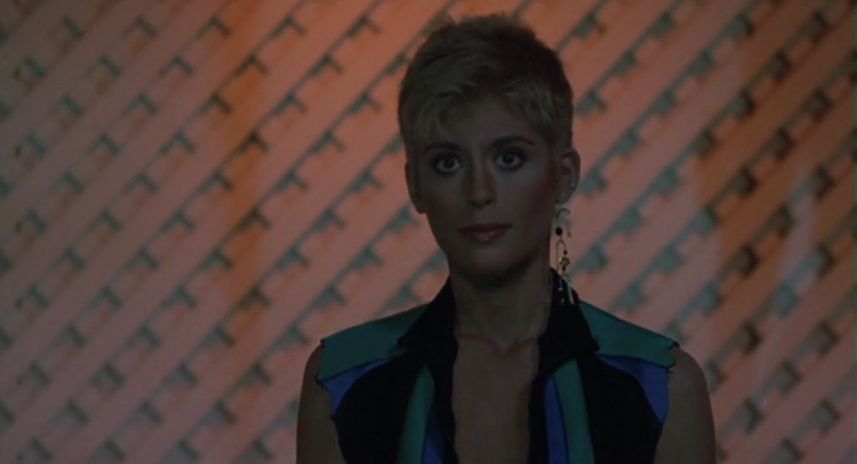

Reader Comments